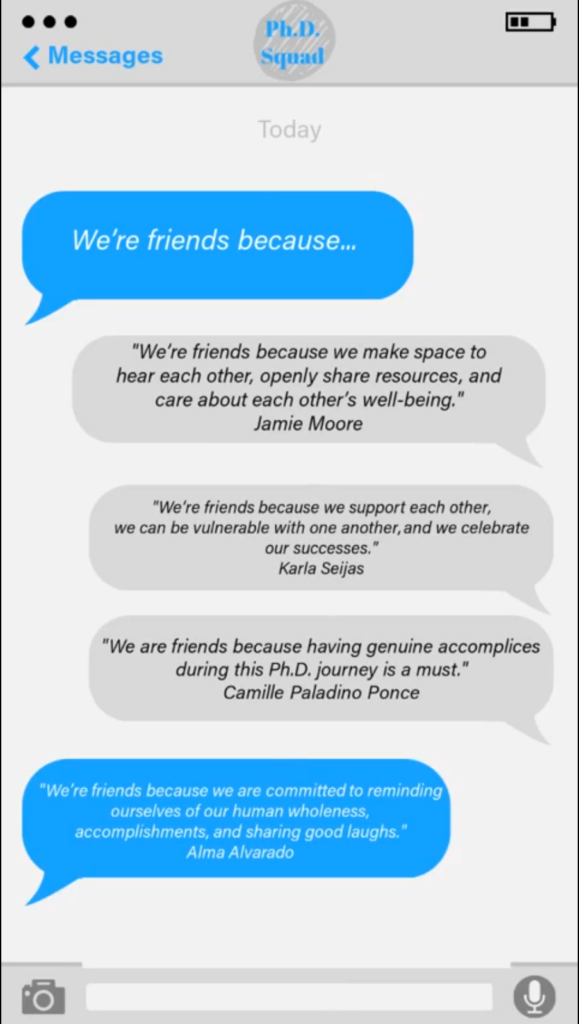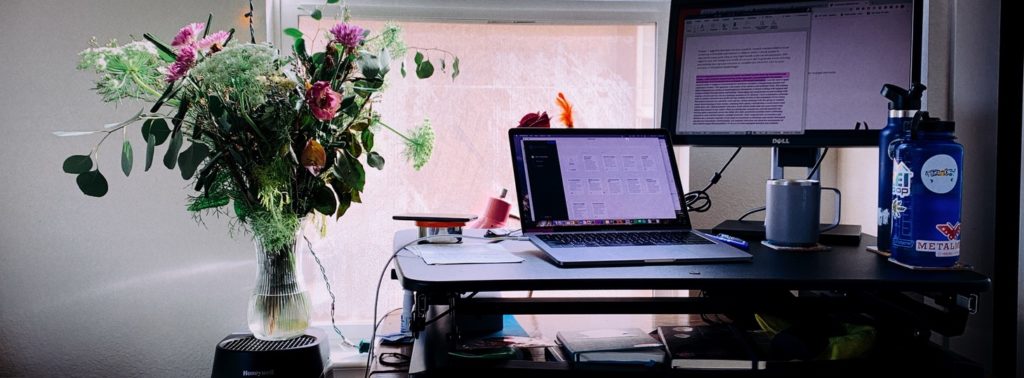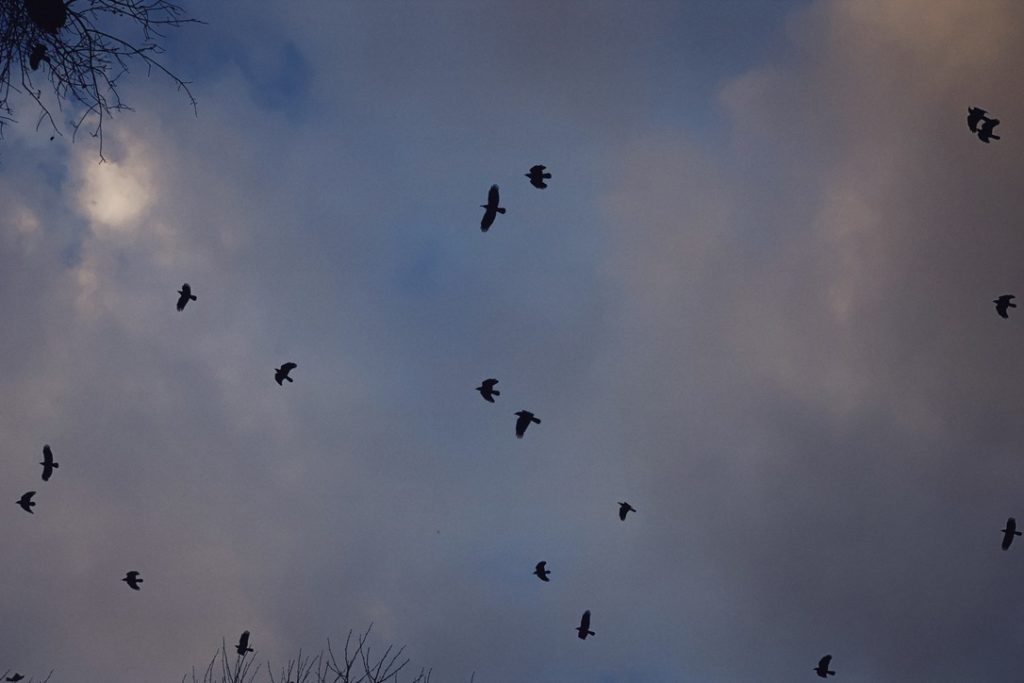By Shiloh Green Soto, Interdisciplinary Humanities Graduate Student at UC Merced
I’ve experienced a deep bout of imposter syndrome since the first day of graduate school, and this largely has to do with the fact that I’m a first-generation college student from a working-class family attempting to exist in the academy’s definitively not-first-generation, affluent environment. Unlike many in the academy, I don’t have relatives to teach me the etiquette for how to speak or do academe, so I’ve largely relied on generous intel from other working-class graduate students who have paved the way. Yet, my anxiety about being found out as a fraud led me to overcompensate in my efforts to be the graduate student I thought I was expected to be. I applied to too many conferences and overtheorized my project which led to a state of early burn out because I didn’t know enough about the academy to be able to gauge what level of effort was enough. As a result, I spent too much time trying to form my project into something I thought would be impressive to colleagues, faculty members, and future hiring committees. My personal goals collided and conflated with objectives I thought I was expected to own.
Then 2020 happened. My students suddenly experienced loss of family members, and other students had to single-handedly financially support their chronically ill parents. Some students dropped out of school entirely because it was all too much to handle. Cities, near and far, urban and rural, erupted in agony over the murders of George Floyd and numerous Black and Brown folks. People took to the streets in a stand against white supremacy, racial capitalism, and police brutality, with Black women and femmes largely at the helm. The West Coast was on fire for several months, producing the most expansive wildfires in multiple state’s histories. At the same time, folks campaigned to turn out the vote for a renewed chance at democracy. 2020, in sum, was a chaotic, anxiety-inducing, never-ending rollercoaster.
I spent quite a few feeble months struggling to cope with what felt like a crumbling society. At the same time, I knew deep down this moment shouldn’t be wasted—that these months of “down time” could be put to good use. In addition, I possess a certain amount of privilege (as a white person, someone with relatively decent health, someone with university support, someone with stable-enough income, and so on) that allows a silver lining in this crisis. Through this recognition, I decided that feeling helpless was no longer an option. If I wanted meaningful change like I claimed, I needed to get to work. Motivated by newfound energy, my outlook was suddenly ripe for change. Inspired by efforts people all over the country made to remedy our collective situations, I harkened back to the environmental justice work of my past.
My undergraduate years were filled with action, care, and community; and fulfillment was a regular reality—one need not search for it. My past activist work and Environmental Studies training enables me to think through the parallels of a larger system that overpowers the environment, People of Color/Indigenous people, poor and working-class people, non-human animals, and so many Others for purposes of capital accumulation. Initially, my dissertation was planned to be a postwar development story of Southern California’s Irvine Ranch region through an examination of immigration law, environmental movement, and policing. Yet to uncover this history, I would need access to Orange County’s archives, most of which remain closed into 2021.
In the wake of the pandemic, as schools, businesses, and archives closed, I reorganized my methods to craft an original project through oral histories, personal archival collections, and digital sources. My dissertation project has also taken on an even greater interdisciplinary approach than previously planned. With creative adjustment in mind due to myriad limitations on traditional historical work, I am punctuating the interdisciplinarity of my project through cultural analysis, political and legal analysis, media analysis, spatial analysis, and oral history methods.
I also expanded the geography of my research to include Northern Orange County as a means to not only compensate for dissertation length, but also because I cannot tell a development story without thinking about its regional costs. To supplement this work, I began volunteering in 2020 with Orange County Environmental Justice (OCEJ), an organization that addresses pollution in Santa Ana’s predominantly low-income Latinx communities. As a member of OCEJ’s Soil Lead Committee, I am working beside local residents, community activists, and UC Irvine researchers to locate sources of soil lead pollution, develop community outreach and education about OCEJ’s findings, and highlight possible routes for remediation. We’re also contextualizing the history of the city’s soil lead pollution through a review of greater Orange County historic development. Predicated on participatory-action research, I get to work alongside OCEJ to better understand environmental pollution in Santa Ana. My work with communities in Santa Ana informs a major portion of my research, especially as it relates to understanding the costs of development in Southern Orange County (Irvine) and its impact on Northern Orange County (Santa Ana).
At this point, as I descend upon exams, I can confidently say I’m glad to be where I am. I’m thankful to get to work with inspiring people and to do a project that means something to both me personally and to other working-class people. It also feels good to have returned to my first true passion: environmental justice. Things have come full circle for me and, though it is unfortunate that it took a crisis to force reflection, I’ve adapted my research plans, cultivated a project of care, and focused on what matters most. This last year was debilitating, but if there’s anything it taught me, it’s that once we do the work that matters, the sooner those echoes of imposter anxiety start to fade. They’ll never fully disappear, but we can learn to turn the volume down, if even for a little.



